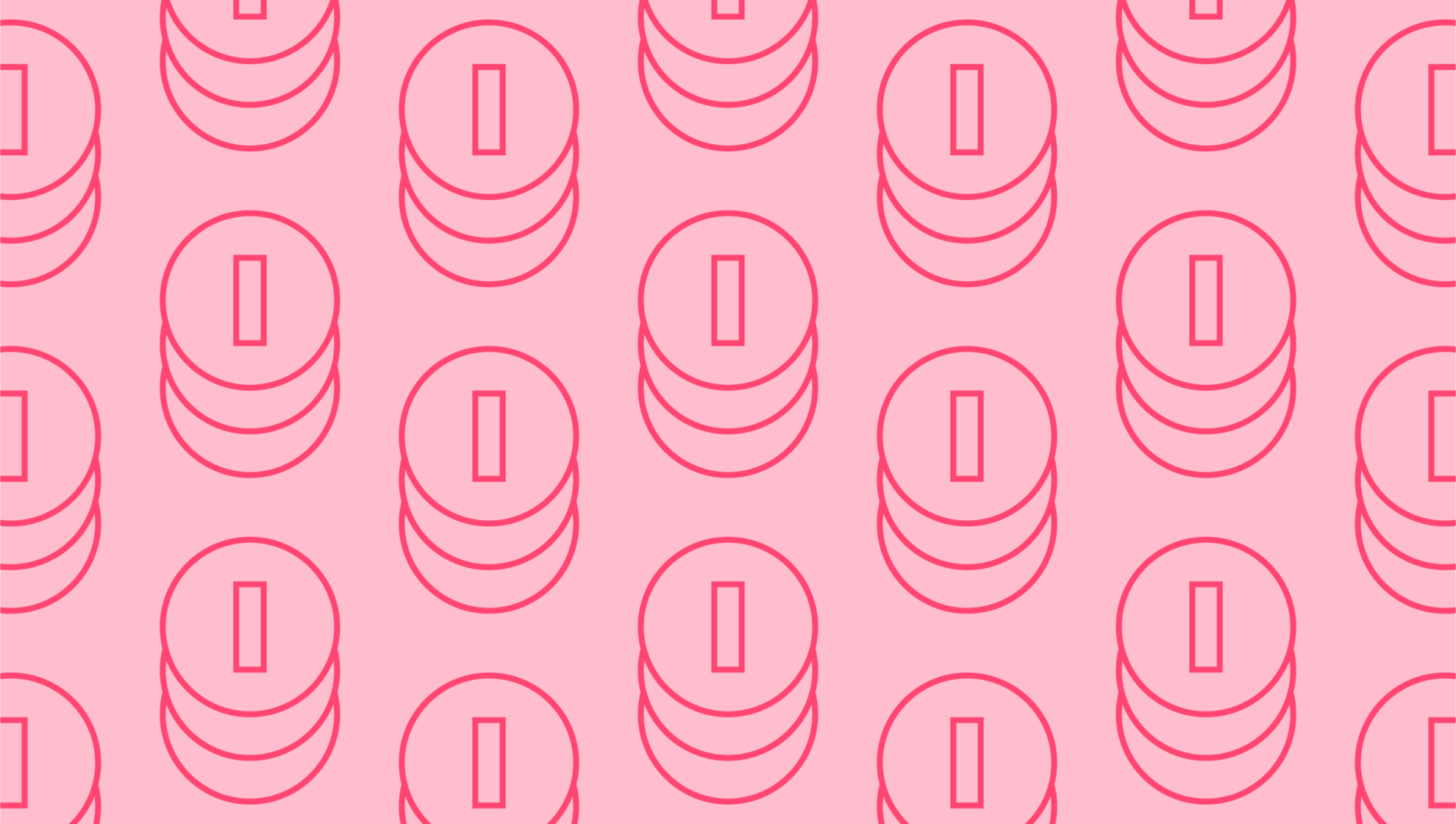Last editedDec 20202 min read
Businesses, from large to small, pay out dividends to return cash to their company shareholders. As such, it’s important for limited company owners to have a solid understanding of how they work and what they mean for your bottom line, as well as your company’s cash flow. So, how do dividends affect cash flow? Are dividends included in the cash flow statement? Find out everything you need to know about these payments with our handy guide to dividends and cash flow.
What is a dividend?
First off, let’s make sure we’re up to speed on the terms – what is a dividend? Essentially, a dividend is a sum of money that a publicly-listed company pays out to a person who owns shares in the company (shareholders). In other words, dividends are how companies distribute their profit – the money left after business expenses, liabilities, and outstanding taxes (such as VAT or Corporation Tax).
What is cash flow?
Second point – what’s cash flow? This is fairly simple. Cash flow is the rate at which money passes through, in, and out of your company. It’s all about the actual flow of money. Cash flow is important to understand because it can provide you with an excellent overview of your company’s financial health.
How do dividends work?
Put simply, dividend payments need to be approved by the company director(s) before they can be paid out. Companies only pay dividends when there’s enough profit to cover the payout. If there isn’t, the dividend payment may be illegal, and your business can be subject to HMRC penalties.
A company’s policy regarding the frequency with which dividends are paid out, as well as the amount that they pay out, is referred to as a dividend policy. There’s no law regarding how frequently dividends can be paid out, but most companies choose to issue dividends quarterly or once every six months.
Are dividends included in the cash flow statement?
Cash flow statements allow you to review all the cash flows across your business, helping you to understand exactly what’s going on with your finances. So, are dividends in the cash flow statement? Yes, they are. It’s listed in the “cash flow from financing activities” section. This part of the cash flow statement shows all your business’s financing activities, including transactions that involve equity, debt, and dividends.
How do dividends impact cash flow?
Because dividends are considered a liability, rather than an asset, they won’t influence your business’s cash flow until the dividends are issued. Here’s how the process works in a little more detail:
Dividends are announced by the directors of the company.
On the balance sheet, your retained earnings are debited and dividends payable are credited. This means that an amount from your equity section is moved to the liabilities section.
When it’s time to pay out the dividends, dividends payable are debited, removing the liability from the balance sheet, and cash is credited (because dividends are a cash outflow).
Final word
As you can see, dividends are paid from the company’s cash flow, which means that your business needs to keep a close eye on any potential problems that may arise as a result of paying out dividends. This can ensure that you don’t accidentally run into trouble by paying out dividends at a moment when your business’s cash flow is in a potentially precarious position. Look at your free cash flow before dividends to work out whether it’s a good idea to pay dividends at a particular time.
For example, if you have a regular, healthy cash flow, it may be a good idea to have a regular dividend policy in which dividends are paid out quarterly. However, if your business’s cash flow is irregular or your business lacks liquidity, then an irregular dividend policy could be your best bet. Ultimately, you should work out what type of policy is best suited to your business’s financial position before making a decision.
We can help
GoCardless helps you automate payment collection, cutting down on the amount of admin your team needs to deal with when chasing invoices. Find out how GoCardless can help you with ad hoc payments or recurring payments.


